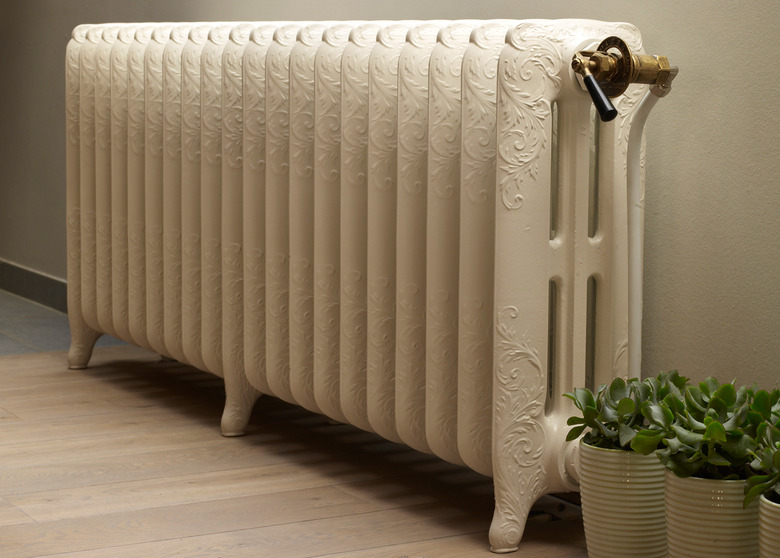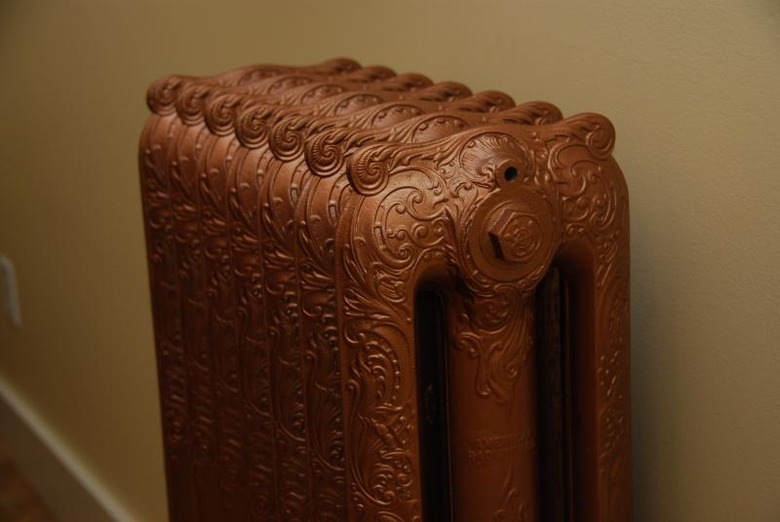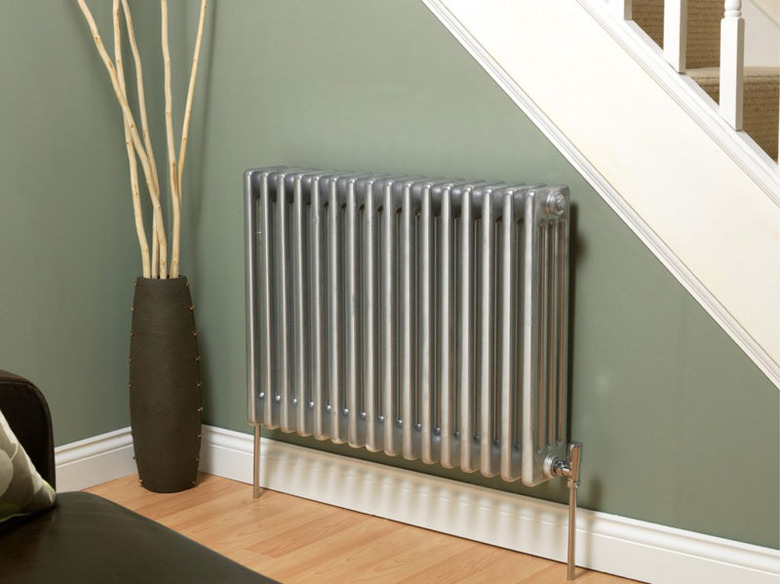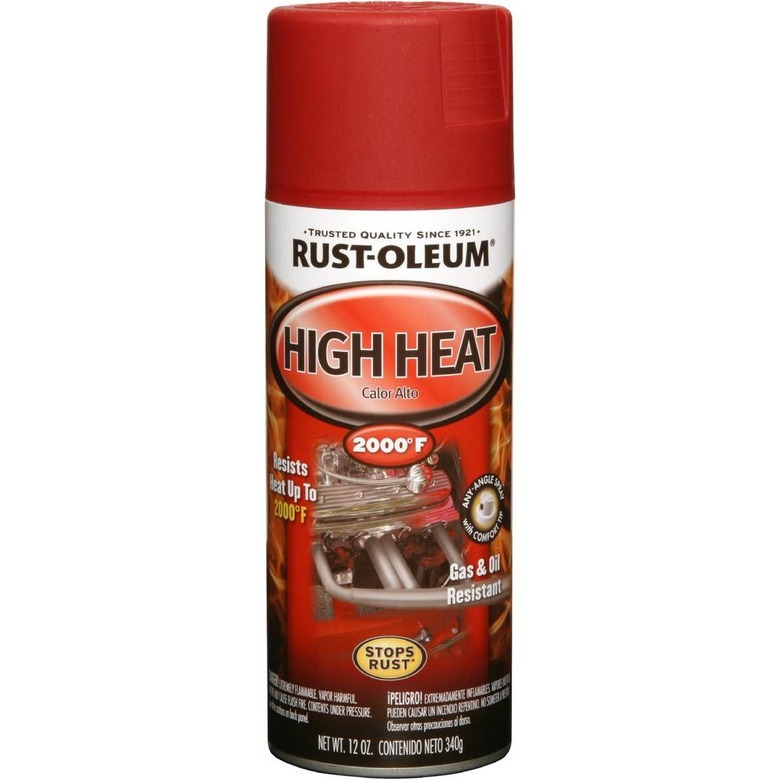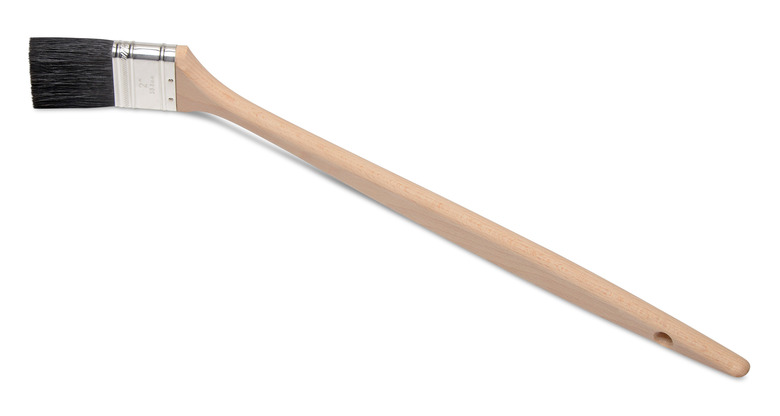Can You Paint Radiators?
The question, "Can you paint radiators?" can be asked to learn one of two things. If what is being asked is whether it is permissible to paint radiators, the answer is yes. Radiators are commonly painted and there is no reason it shouldn't be done. Alternatively, if your question is whether painting radiators is a project you can do yourself, the answer is also yes. Painting a radiator requires careful preparation and it's not anyone's idea of fun, but the results can be satisfying and you can do it.
Will Paint Affect a Radiator’s Output?
Will Paint Affect a Radiator's Output?
Perhaps you are concerned that painting a radiator will reduce its effectiveness. Under certain circumstances, paint CAN reduce a radiator's heat output, but that's not necessarily a bad thing. Back in 1935, the U.S. Department of Commerce's Bureau of Standards did a study on the effect of paint on radiators. The study was not concerned, as you might expect, that painting radiators would compromise their efficiency. Rather surprisingly, they were looking for a practical way to deliverately reduce the heat output of radiators without reducing their efficiency. The reason was that when many of those radiators were first installed around the turn of the twentieth century, homes were draftier and even less well insulated, and so the calculations for how large a radiator needed to be were often overestimated. By 1935, many of those rooms were uncomfortably overheated as better windows and better wall insulation were introduced.
Fine Tuning Radiators With Paint
Fine Tuning Radiators With Paint
Radiators should more properly be called "convectors." That's because about 70 percent of the heat output to a room is through convection, where air warmed by the hot surface of the radiator rises, to be replaced by cooler air below. Paint has no effect on the convective properties of a radiator. The other 30 percent of the heat output is a result of radiation. Radiant heat streams directly off the radiator—it radiates—and the amount of heat your radiator will put out can be influenced not by the paint itself but by the color you choose. The extent to which a color radiates heat is called its emissivity. Dark colors have greater emissivity than light ones—that's why a dark car in summer will absorb and give off more heat than a white one. With radiators, the difference in radiant output between dark and light paint is very small. But, as the Bureau of Standards study discovered, painting radiators with metallic paint can have a significant effect on their radiant heat output. Silver and bronze metallic paints have very low emissivity and painting them on a radiator will reduce the overall output by as much as 20 percent.
It's common to see radiators that have been painted silver or bronze. It's interesting to know that originally that was sometimes done to tone them down a little. If you are thinking about painting yours, you can use the findings of that study to your advantage. Where you have a room that is consistently overheated, consider using a metallic paint. Conversely, the heat output of metallic-painted radiators can be improved by almost 20 percent simply by applying a non-metallic topcoat. Only the outermost coat of paint matters.
Consider Your Radiator Painting Options
Consider Your Radiator Painting Options
If you have decided you want to change the color of your radiators, you have some choices to make.
The easiest and best (and by a wide margin, most expensive) option is to hire a professional who will disconnect your radiators, take them to be sandblasted of any rust and previous paint and the spray paint them under controlled and well-ventilated conditions. Spray painting does the best job of smoothly and completely covering the radiator's surfaces, but it's unpleasant to do in a domestic interior setting.
If you intend to paint your radiators yourself, regardless of the painting method you will use, you must first thoroughly prepare the radiators and the work area. That includes removing any loose paint or rust and washing them down with trisodium phosphate (TSP). If your radiators are no longer operational and are simply artifacts of an earlier heating system, you can start right in with the prep work. If your radiators are still operational, turn them off and let them cool completely.
What’s the Best Paint for a Radiator?
What's the Best Paint for a Radiator?
There exists a wide diversity of opinion among painting professionals as to which kind of paint they prefer for radiators and how it should be applied. For those painters that advise brushing the paint on, there is general agreement that the primer coat should be an oil-based alkyd. As a top coat, some of the pros claim that a quality latex paint is perfectly satisfactory. Latex paint has distinct advantages—clean up is easier, more colors are available, and the odor is less offensive. However, latex paint's heat tolerance is generally rated at about 180 degrees, so use on a radiator is pushing its limits. Of course, if your radiators are inoperable, heat is not a concern.
For greater heat tolerance and durability, other painting pros recommend an alkyd enamel or a rust-preventative enamel like Rust-oleum. Radiators, with all their convolutions, present unique challenges for the brush. To address those challenges, some painters use a radiator paintbrush, with a long handle and an angled head, or they use a small diameter "hot dog" paint roller for hard-to-reach spots.
Spray paint has the advantage of reaching the nooks and crannies of your radiator more smoothly and completely, but spray painting requires careful masking of the area and creates more noxious fumes than brush-on paint. Spray-on enamel comes in a range of colors and is certainly more heat tolerant than latex. High-heat enamel is available in spray cans but the color choices are limited. For an undercoat, use a high heat metal primer. If you have access to a spray gun, you can use an oil-based enamel to get the easy application of spray paint with a wider choice of colors.
If your radiators are operational, be careful not to paint the shutoff valves or you may have difficulty opening them later. Allow the paint to dry for 24 hours or longer before turning the heat back on. With the heat on, expect the radiators to off-gas for a day or two until the paint cures.
